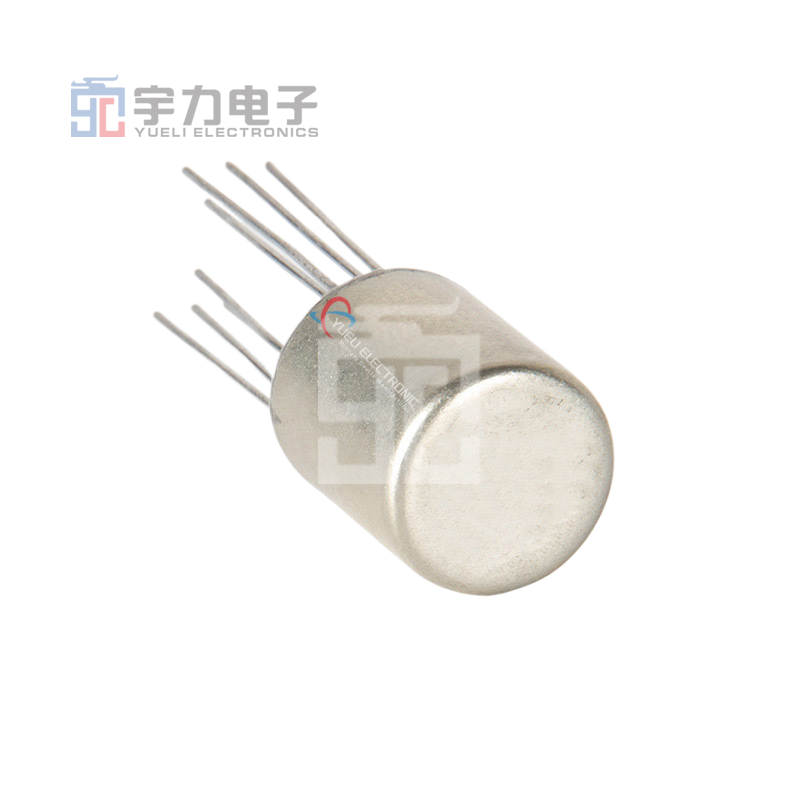Troubleshooting Common Issues with Miniature Relays: A Comprehensive Guide
2025-06-28

Troubleshooting Common Issues with Miniature Relays: A Comprehensive Guide
Table of Contents
- 1. Understanding Miniature Relays
- 2. Common Issues with Miniature Relays
- 3. Diagnosing Relay Failure
- 4. Intermittent Relay Failure: Causes and Solutions
- 5. Troubleshooting Relay Coil Issues
- 6. Contact Failure: Symptoms and Fixes
- 7. Heat Dissipation Problems in Miniature Relays
- 8. Preventive Measures for Miniature Relays
- 9. Frequently Asked Questions (FAQs)
- 10. Conclusion
1. Understanding Miniature Relays
Miniature relays are compact electromechanical devices widely used in electronic circuits to control high voltage or high current loads while operating at low voltages. They serve as switches that can open or close circuits, making them integral components in various applications, including automotive systems, telecommunications equipment, and industrial machinery. Understanding the fundamental operation of miniature relays is crucial for effective troubleshooting.
2. Common Issues with Miniature Relays
Despite their reliability, miniature relays can encounter a range of issues that may compromise their performance. Some common problems include:
- Coil failure
- Contact welding
- Insulation breakdown
- Mechanical wear
- Environmental factors (humidity, temperature)
Recognizing these issues early can save time and resources, thereby ensuring smooth operation.
3. Diagnosing Relay Failure
Diagnosing relay failure begins with a systematic approach. Here are steps to follow:
3.1 Visual Inspection
Start with a thorough visual inspection of the relay. Look for signs of damage, such as burnt contacts, discoloration, or physical deformities. Check for loose connections or corrosion as well.
3.2 Testing the Relay Coil
Using a multimeter, check the resistance of the relay coil. A significant deviation from the manufacturer’s specified resistance indicates coil failure. If the coil is open or shorted, replacement may be necessary.
3.3 Evaluating Contact Functionality
To assess contact functionality, measure the continuity of the contacts while the relay is energized. If there is no continuity when the relay should be closed, the contacts may be faulty.
4. Intermittent Relay Failure: Causes and Solutions
Intermittent relay failure can be particularly tricky to diagnose. This type of failure may occur due to:
4.1 Thermal Stress
Thermal expansion and contraction can affect the mechanical components of the relay. If the relay operates in extreme temperatures, it may lead to intermittent failure. Ensure that the relay is rated for the operating environment.
4.2 Vibration
Vibrations can cause loose connections and mechanical fatigue. If the relay is installed in a vibrating environment, consider using vibration-dampening mounts or enclosures.
5. Troubleshooting Relay Coil Issues
Coil issues are a frequent source of problems in miniature relays. Common coil-related problems include:
5.1 Open Coil
An open coil occurs when the winding breaks, leading to a non-functional relay. To fix this, replace the relay entirely.
5.2 Shorted Coil
A shorted coil can cause excessive current draw, potentially damaging the relay. Confirm the coil's integrity and replace if necessary.
5.3 Improper Voltage Supply
Ensure that the relay coil receives the correct voltage. Overvoltage can lead to overheating and malfunction, while undervoltage may prevent the relay from energizing.
6. Contact Failure: Symptoms and Fixes
Contact failure is another common issue. Signs include:
6.1 Welding Contacts
Welding occurs when contacts fuse together due to excessive current. To remedy this, a relay with higher contact ratings or a snubber circuit may be required.
6.2 Pitting and Erosion
Pitting results from arcing and can lead to unreliable operation. Regularly inspect and clean contacts, or replace the relay if erosion is severe.
6.3 Contact Bounce
Contact bounce is when contacts rapidly open and close, causing erratic behavior. Implementing a debounce circuit can help mitigate this issue.
7. Heat Dissipation Problems in Miniature Relays
Heat management is crucial for the longevity of miniature relays. Excessive heat can cause premature failure. Consider the following strategies for effective heat dissipation:
7.1 Adequate Spacing
Ensure there is sufficient spacing between relays and other heat-generating components to allow for proper airflow.
7.2 Heat Sinks
In high-load applications, consider using heat sinks to dissipate heat away from the relay.
7.3 Thermal Insulation
Utilize thermal insulation materials to protect sensitive components from heat exposure.
8. Preventive Measures for Miniature Relays
Implementing preventive measures can extend the lifespan and reliability of miniature relays. Here are some best practices:
8.1 Regular Maintenance
Schedule regular inspections and maintenance to identify potential issues before they become critical.
8.2 Environmental Control
Control the environmental conditions where the relay operates. Avoid exposure to extreme temperatures and humidity.
8.3 Quality Components
Invest in high-quality relays from reputable manufacturers to reduce the risk of failure.
9. Frequently Asked Questions (FAQs)
9.1 What are the symptoms of a failing miniature relay?
Common symptoms include failure to activate, intermittent function, and burnt or pitted contacts.
9.2 How can I test a miniature relay?
Use a multimeter to check the coil's resistance and continuity across the contacts while the relay is energized.
9.3 Can I repair a faulty miniature relay?
In most cases, it's more cost-effective to replace a faulty relay than to attempt repairs.
9.4 What causes relay contacts to weld together?
Welding typically occurs due to excessive current draw or arcing when contacts open and close.
9.5 How often should I perform maintenance on my relays?
Regular maintenance should be conducted based on the application and environmental conditions, ideally every three to six months.
10. Conclusion
Troubleshooting miniature relays requires a methodical approach to effectively identify and resolve common issues. By understanding how relays operate and recognizing potential problems, we can implement solutions that ensure optimal performance. Regular maintenance, careful installation, and attention to environmental factors are essential in prolonging the life of these critical components. Equip yourself with this knowledge, and tackle any relay-related challenges with confidence.
Previous:


